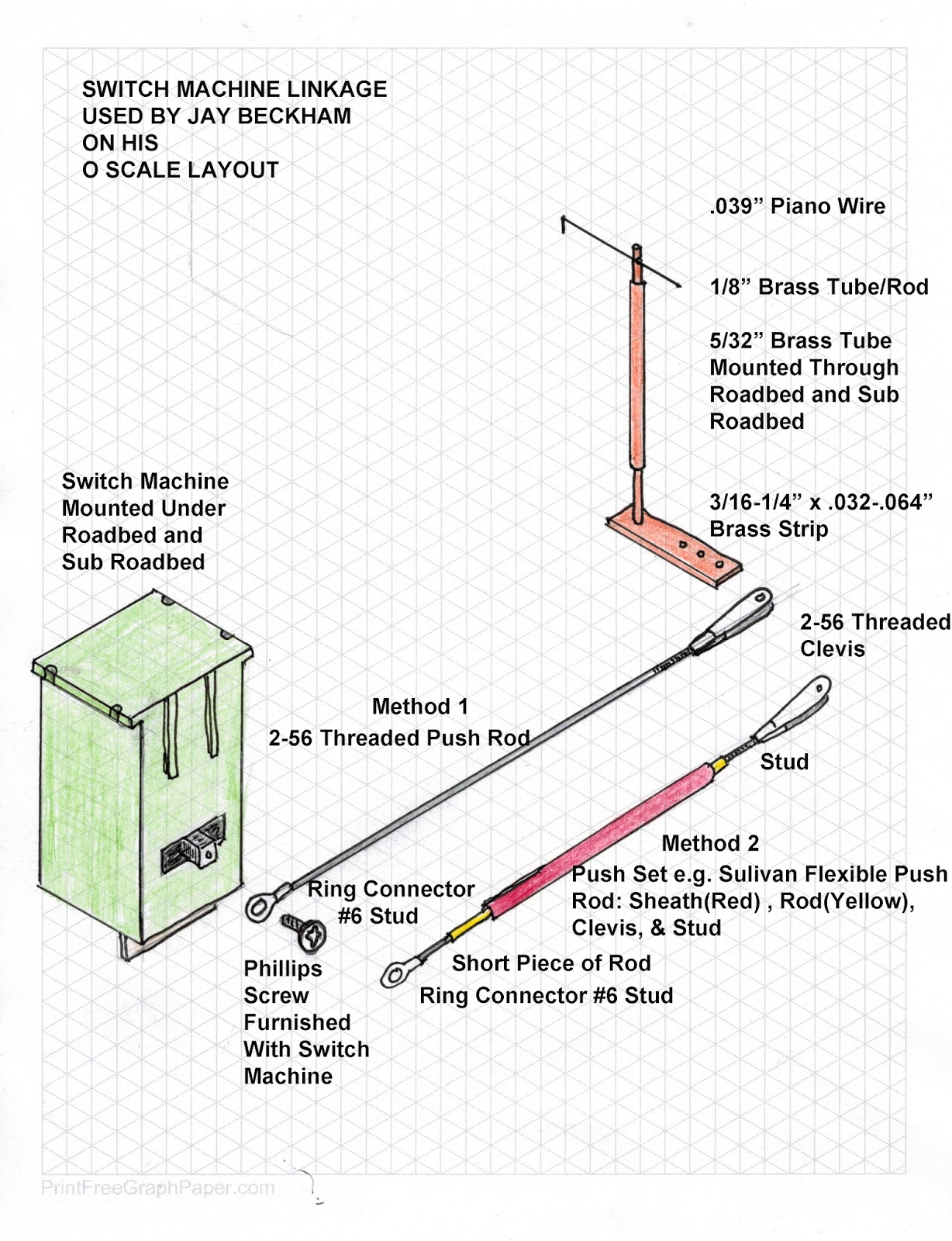

The wires are never long enough to go from where your turnout is to the control panel, unless you’re installing the switch on the fascia near where the turnout is located. The wiring is relatively easy…Įach solenoid remote switch has 3 wires that come out of it that you need to hook up to the toggle or slide switch on your control panel. The remote switch machines made by Atlas are readily available in hobby shops.

This is necessary in this case because if the power to the solenoid is maintained for more than a second or two, the motor will burn out, heat up, melt the housing, etc. It comes back to the neutral position automatically. A momentary electrical switch is one that when you push it, it doesn’t stay in the position you push it to. Most of these motors are solenoid and require a momentary type of electrical switch on the control panel and are powered by AC current from the AC terminals on your transformer. These are turnouts (either insulated or power-routing) that have a switch machine or motor attached to the switch rod, which can be activated remotely to move the points back and forth, thereby changing the direction of the train travel. If the through track is just another branch with no other power source, then you won’t need the rail gaps there. The key with wiring the power-routing type is that the power must come from the point end of the turnout, and the through track must be gapped to prevent power from coming from that direction (assuming the through track is connected to the mainline). The rails that cross at the frog are never live at the same time. When the points are directed to the branch, then the through track beyond the frog is dead. The points act as an electrical switch – When the points are directed to the through track, the power travels that way and the branch rails are dead. Why don’t the power-routing types cause short circuits? Because the power comes from the point end and travels through only one set of rails at a time. Also the connector strip between the points is copper on the power-routing devices and plastic on the insulated ones. You can tell the difference between the 2 types by looking at the frog, which is plastic in the insulated type and metal in the power-routing type. They are produced by Walthers, Peco, Shinohara and Micro-Engineering only in HO and N scale.

Many hobby shops don’t carry them you may have to order them through a catalog or online. These types of turnouts are a little harder to come by. However, you will need rail gaps on the frog end of the through track. You won’t need rail gaps for the branch in this case (unless the branch is receiving power from somewhere else) and you won’t need a separate electrical switch to turn the branch track on or off. Because of this, you only have to throw one electrical switch to change the direction and power the branch at the same time.

The main advantage is that the power to your branch is controlled by the direction of the points. Power-routing (also called “selective”) – These require a little more thought in the wiring process, but have some advantages over the standard type.There are small hidden wires in the track ties that supply power to the two track routes so that power gets to all the rails all the time and since the frog (where the tracks cross) is insulated, there are no short circuits as the train passes over. The frog is insulated so that no power is supplied to the locomotive wheels at that point. If you want the branch track to be isolated, you will have to add a rail gap to the positive rail of the branch near the turnout, then add a feeder wire to that branch controlled by a switch on your control panel. They conduct power to both the main track and the diverging (branching) track at all times. Insulated (also called “standard”) - These are easier to wire and install.


 0 kommentar(er)
0 kommentar(er)
